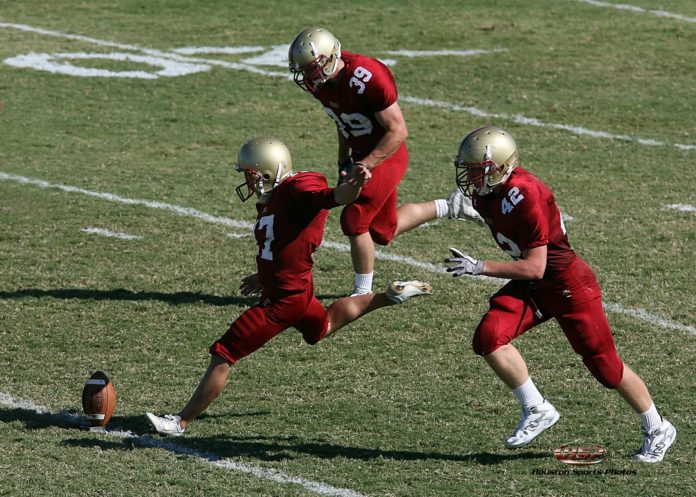Earlier this month, the UK Parliament announced the launch of an inquiry into the long-term effects of head injuries linked to professional sports. The Digital, Culture, Media & Sport Committee is said to examine links between dementia and concussion, and efforts to improve overall wellness in professional sports. The committee will also take evidence on the implications for youth sports and further research needed to support the campaign. However, they’re not the only committee looking into research for concussion-related injuries. In fact, the New England Journal of Medicine suggests that retired pro-football players were 3.5 times more likely to die from a neurodegenerative disease than any other sports players.
CTE, or Chronic traumatic encephalopathy, is a chronic, progressive brain injury that is seen in (but not limited to) ex-athletes. In fact, it is heavily associated with contact sports where repetitive and constant hits are being applied to the body, leading to head injuries or concussions. It is an issue that affects professional sports and its retired athletes as more evidence is continuously being discovered.
Not Limited To Football Players
Hard-hitting sports are often related to American football or rugby, but head injuries have also been observed in sports such as boxing, ice hockey, and soccer. In fact, CTE was previously known as “punch drunk” syndrome, since it was first observed in boxers who showed early signs of dementia after their careers. One of the earliest studies dates back to 1969, when researchers from the Royal College of Physicians randomly examined over 200 retired boxers and found neurological disorders in nearly 20% of participants. Since CTE shows signs in later stages of life, youth sports should be looked at more carefully: the disease can initially manifest in collegiate and high school athletic careers. Parents and young athletes should consider this disease as a life-altering condition, even if symptoms are not visible. Thus, it is important to consult with a head injury lawyer immediately if an accident occurs.
Repetitive Hits Are The Main Cause
Multiple concussions are widely known as the main reason a person will be diagnosed with CTE. But recent findings suggest that CTE is not directly caused by the concussion, but by the hits that caused the concussion. The study, led by Oxford University Professor Cleveland, states that there are “two pathways to CTE” and how it is formed. The first is the high acceleration damage occurring due to the hit causing concussion, and the second is the resulting after-effects of the concussion and generation of brain tissue damage that may be permanent. This evidence proves that even though a hit does not ultimately cause a concussion, it does not mean it is less dangerous. Sub-concussive hits are not only dangerous, but can also be the primary cause of CTE.
Athletes accept that injuries are just part of the game and are often unavoidable, especially in competitive sports. However, this should not undermine the importance of understanding the future implications of head injuries such as CTE.









